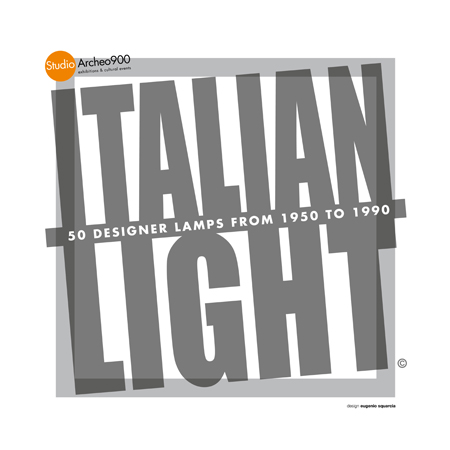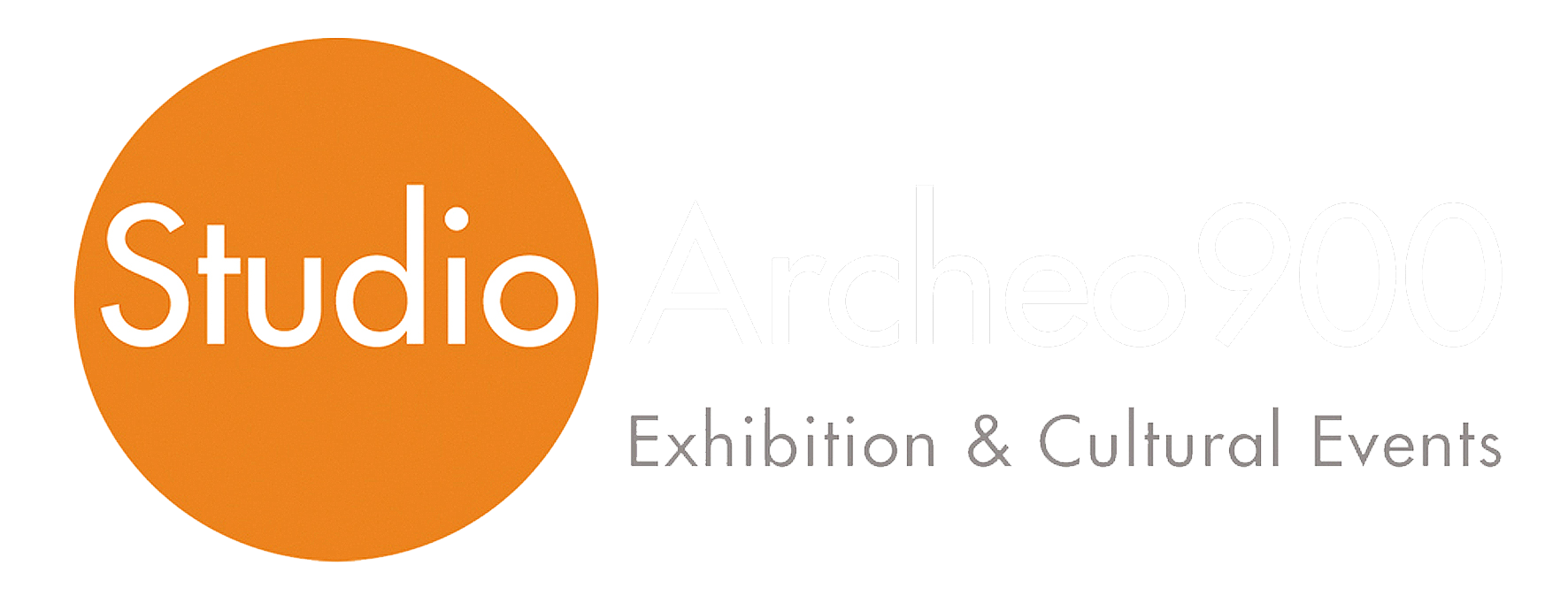
Lo Studio Archeo900 di Ferrara (arch. Alberto Squarcia) offre ad aziende del settore illuminazione, a Istituti Italiani di Cultura, a Istituti del Commercio Estero, alle Camere di Commercio Italiane estere, a enti, istituzioni, facoltà di Architettura e Design, Musei, nel mondo, l’opportunità di presentare in sedi di prestigio ricche e importanti collezioni di lampade di design italiano dagli anni ’50 al 2000.
In particolare per quanto riguarda il settore dell’illuminazione le collezioni hanno un taglio storico ed abbracciano un periodo che dall’immediato dopoguerra giunge fino alla fine del XX secolo (con una attenzione privilegiata per gli anni sessanta – settanta).
L’intento di queste mostre sul design dell’illuminazione è quello di ricostruire il più estesamente possibile tale scenario produttivo mettendone in rilievo la complessità e diversità degli assunti teorici.§
Fin dall’inizio infatti il progetto italiano sull’illuminazione si presenta complesso e denso di significati e influenze che vanno oltre alla semplice e brillante risoluzione tecnico-produttiva ma affondano le radici su aspetti più generali che riguardano sia riflessioni sul significato del progetto stesso, sia problematiche estetiche più ampie (il dialogo con il coevo dibattito artistico è per il design italiano fondamentale), sia l’interesse ad indagare al limite le possibilità dei nuovi materiali o le novità tecnologiche relative alle fonti luminose.
In tal modo la funzione stessa di illuminare viene esplorata e dilatata oltre gli aspetti strettamente pratici per inglobarvi, in una visione più ampia e complessa, anche aspetti psicologici e sensoriali.
La lampada infatti diverrà per il design italiano un oggetto chiave verso il quale le più importanti personalità del design italiano si sono confrontate durante tutto l’arco della loro carriera.
Fondamentale per il formarsi di questa particolare cultura dell’illuminazione è stato anche il ruolo degli imprenditori (talvolta imprenditori-progettisti) che con la loro apertura mentale e coraggio hanno reso possibile questo aspetto sperimentale e spesso utopico della produzione italiana in tale campo.
Le selezioni presentate, pur nella loro sinteticità, cercano di non tradire questa complessità mettendo in evidenza i punti cruciali all’interno di una sequenza cronologica.
Proponiamo due varianti di ITALIAN LIGHT EXIBITION (Italian Light 1 e Italian Light 2) con lampade diverse e costi di nolo e assicurativi differenti).
All’interno del periodo in esame 1950-2000 nelle due proposte espositive si evidenziano cinque sezioni.
(Per le caratteristiche tecniche e le condizioni di nolo si prega di richiedere le schede tecniche a Alberto Squarcia – info@archeo900.com)
___________
The Archeo900 Studio in Ferrara, led by architect Alberto Squarcia, offers the opportunity to lighting industry companies, Italian Cultural Institutes, Foreign Trade Institutes, Italian Chambers of Commerce abroad, institutions, architectural and design faculties, and museums worldwide to present rich and significant collections of Italian design lamps from the 1950s to the year 2000 in prestigious venues.
Regarding the field of lighting, these collections have a historical focus, spanning from the immediate post-war period to the end of the 20th century, with particular emphasis on the 1960s and 1970s. The intention behind these lighting design exhibitions is to extensively reconstruct the production scenario, highlighting the complexity and diversity of the theoretical assumptions involved.
From the outset, Italian lighting design projects have been complex and imbued with meanings and influences that go beyond mere technical and production-oriented solutions, delving into broader reflections on the meaning of design itself, aesthetic issues (the dialogue with contemporary artistic debates being fundamental for Italian design), and an interest in pushing the limits of new materials and technological advancements related to light sources.
In this way, the function of illumination itself is explored and expanded beyond practical aspects, incorporating psychological and sensory elements into a broader and more complex vision.
For Italian design, the lamp becomes a key object that influential figures in the field have continually engaged with throughout their careers.
The role of entrepreneurs (sometimes entrepreneur-designers) was also fundamental in shaping this particular lighting culture, as their open-mindedness and courage made this experimental and often utopian aspect of Italian production in the field possible.
While the presented selections aim to capture the essence of this complexity within a chronological sequence, they do not betray its intricate nature.
We offer two variations of the ITALIAN LIGHT EXHIBITION (Italian Light 1 and Italian Light 2), featuring different lamps and varying rental and insurance costs.
Within the examined period of 1950-2000, the two exhibition proposals highlight five sections.
(For technical specifications and rental conditions, please request the data sheets from Alberto Squarcia at – info@archeo900.com)

